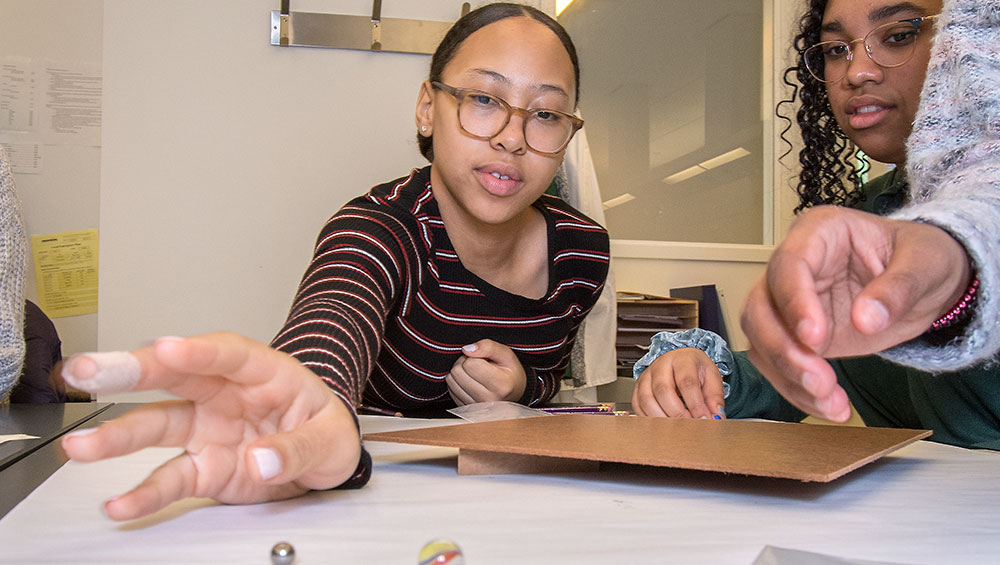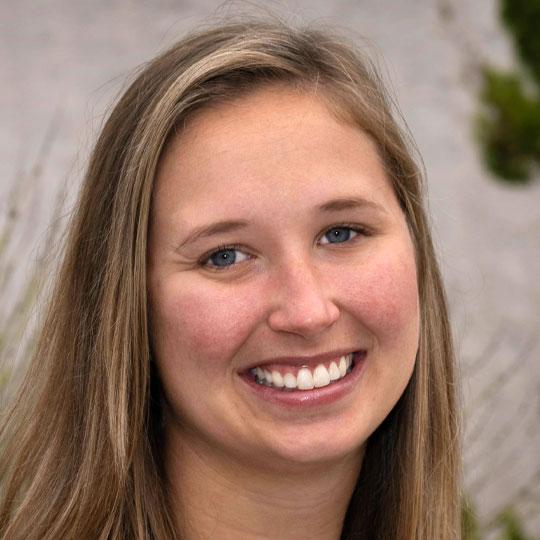Detecting the Building Blocks of Matter

Scientists use many different types of detectors to “see” subatomic particles. In this session, students will learn about how some of those particle detectors work and see how a diffusion cloud chamber can help them discover subatomic particles all around us. Then, they’ll practice their particle detection skills by competing against each other in a game based on the Rutherford scattering experiment.
Vocabulary: atom, subatomic particle, cloud chamber, Rutherford, detector
| Session Information |
|---|
|
To request field trip dates, visit https://oepreg.bnl.gov/.
To explore programs listed in the ESBOCES Exploratory Enrichment catalog and to submit a BOCES contract request, please visit BOCES EE – Brookhaven Lab
NYS Learning Standards
New York State Science Learning Standards
| Disciplinary Core Ideas | Crosscutting Concepts | Science and Engineering Practices |
|---|---|---|
|
PS1.A: Structure and Properties of Matter |
Patterns Scale, Proportion, and Quantity Structure and Function |
Developing and Using Models |
Next Generation English Language Arts Learning Standards
| Speaking and Listening | Language |
|---|---|
|
Comprehension and Collaboration |
Vocabulary Acquisition and Use |
Next Generation Mathematics Learning Standards
|
MP2: Reason abstractly and quantitatively MP4: Model with mathematics Statistics and Probability: Summarize and describe distributions |
Teacher Information
These programs are registered with Eastern Suffolk BOCES Exploratory Enrichment.





